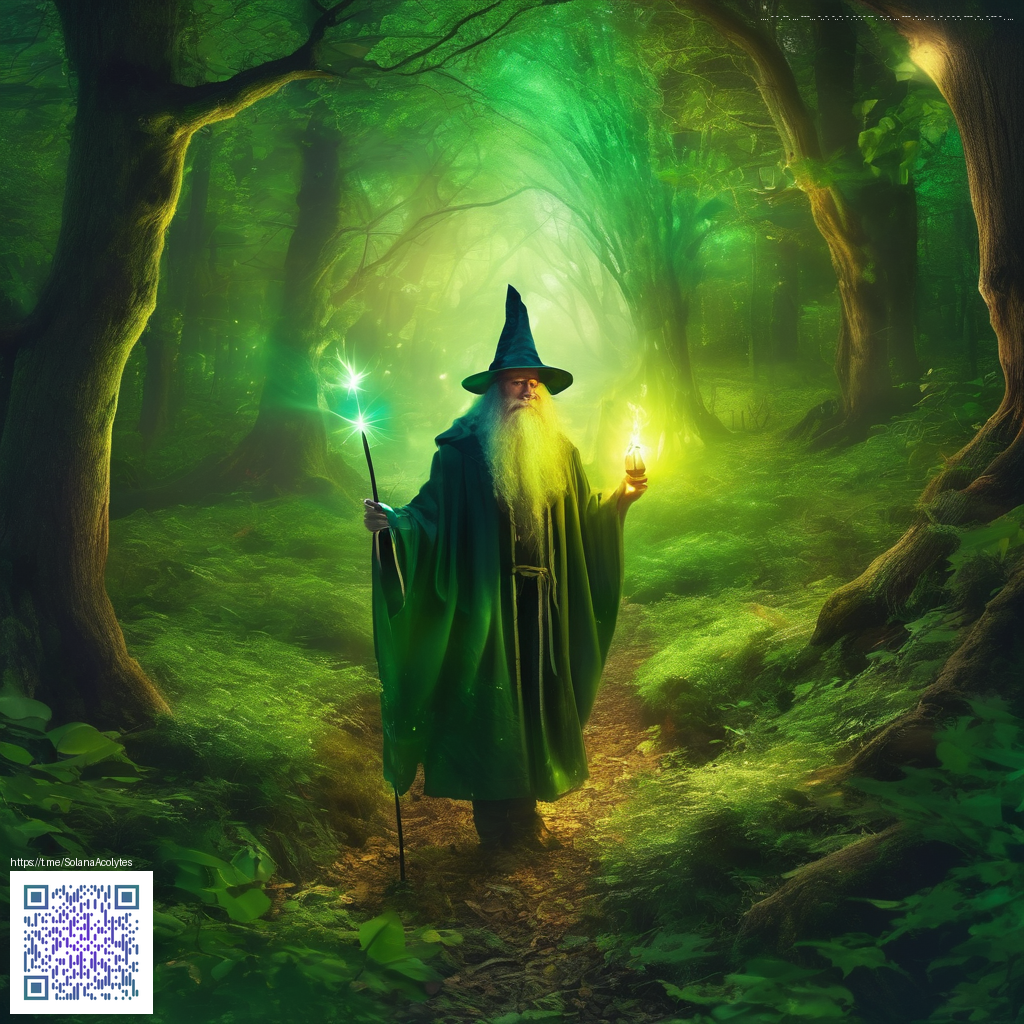
Understanding AI Pattern Generators for Seamless Digital Papers
Pattern generation has evolved from hand-drawn swatches to sophisticated AI systems that can produce endless, perfectly seamless textures. AI pattern generators are particularly powerful for digital papers—backgrounds, textures, and panels that need to tile without visible seams. Designers and developers now harness these tools to create cohesive visuals across interfaces, ebooks, marketing assets, and packaging mockups with far less manual tweaking. The result is a harmonious fabric of imagery that can scale as easily as the project demands.
What makes AI-driven patterns different
At the core, AI pattern generators learn from vast collections of textures and patterns, then synthesize new tiles that fit together without obvious gaps. This technology excels at color harmony, motif repetition, and scale variation, so you don’t have to worry about misaligned edges or jarring transitions. Practical benefits include faster iteration, consistent style across pages, and the ability to experiment with dozens of palettes in minutes rather than hours.
Beyond aesthetics, these tools support accessibility by offering high-contrast tile variations and alt-friendly textures that maintain readability when used as subtle backdrops. They also empower remote teams by enabling non-designers to generate brand-consistent surfaces without requiring expert Photoshop pacing or manual seam-tuning.
“When a pattern tiles flawlessly, it becomes a quiet partner for the content—never drawing attention to itself, but elevating everything around it.”
Practical Workflows: Generating and Refining Patterns
A pragmatic workflow starts with defining the tile constraints. Decide the tile size, whether the pattern should be repeating in one dimension or both, and how colors will adapt to light or dark modes. Then, choose a seed or palette, allowing the AI to propose a handful of candidates. You can compare options side by side, selecting the ones that best align with your brand voice or product visuals.
- Test for seamlessness using edge-manced checks to ensure edges align perfectly when tiled.
- Export patterns at multiple scales to accommodate headers, cards, and app backgrounds.
- Apply subtle texture overlays or grain to add depth without compromising legibility.
- Iterate on color ramps to preserve accessibility while preserving brand identity.
As you refine, keep a clear record of parameters used for each pattern variant. This metadata helps teammates reproduce or adjust textures when new pages roll out or when marketing campaigns pivot. For a tangible look at how clean, cohesive visuals can elevate a product, explore the practical example found on the Shopify listing for a simple, widely used accessory—this demonstrates how consistent visuals extend from physical goods to digital surfaces. Phone Grip Reusable Adhesive Holder Kickstand showcases clean branding and functional design that benefits from consistent, seamless imagery across touchpoints.
In digital papers, AI-generated patterns can serve as the baseline texture for slide decks, dashboards, and documentation. When used thoughtfully, they create a sense of cohesion that reduces cognitive load for readers, helping the content shine without competing with decorative flourishes. If you’re presenting a data-heavy report, a softly seamless pattern can provide structure while your charts do the talking.
Design Tips for Seamless Digital Papers
- Match tile scale to the density of your page layout—larger tiles for wide dashboards, smaller tiles for dense UI panels.
- Consider color relationships that align with your brand guidelines; use variations to indicate sections or states without shouting.
- Test across devices to ensure the pattern remains subtle but visible on mobile and desktop alike.
- Keep accessibility in mind: ensure foreground content remains readable over textured backgrounds.
For teams exploring this approach, it helps to document a “pattern brief” that describes the mood, palette, and rhythm you want in your digital papers. You can then reuse those briefs to generate a family of textures across multiple products or pages, ensuring consistency whether you’re shipping a website, an app, or a printable brochure. The goal is a seamless field of visuals that supports, rather than competes with, your message.